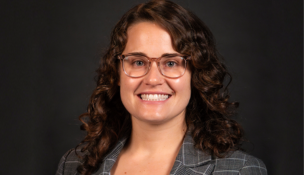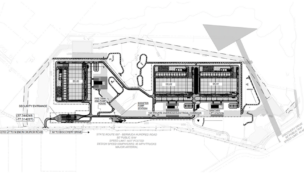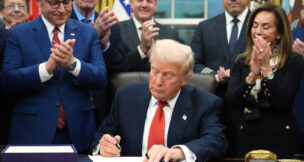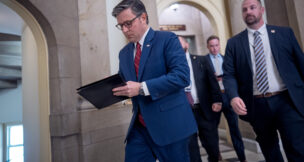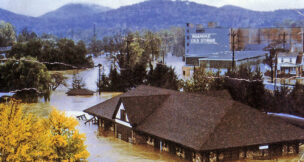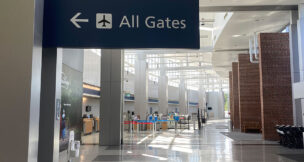Fed should be cautious amid uncertainty, Barkin says
Richmond Fed chief says it makes sense to stay "modestly restrictive"

Economic uncertainty means the Fed should be cautious, Federal Reserve Bank of Richmond President and CEO Tom Barkin said Feb. 25, 2025, in Richmond. Photo by Katherine Schulte/Virginia Business

Economic uncertainty means the Fed should be cautious, Federal Reserve Bank of Richmond President and CEO Tom Barkin said Feb. 25, 2025, in Richmond. Photo by Katherine Schulte/Virginia Business
Fed should be cautious amid uncertainty, Barkin says
Richmond Fed chief says it makes sense to stay "modestly restrictive"
Although inflation is coming down, the Federal Reserve Bank should exercise caution amid economic and geopolitical uncertainty, Federal Reserve Bank of Richmond President and CEO Tom Barkin said Tuesday while addressing a Rotary Club of Richmond meeting.
The economy is in a good place, Barkin said, citing the 2.5% growth in the nation’s gross domestic product last year (according to the U.S. Commerce Department) and the unemployment rate, which was 4% in January, according to the Bureau of Labor Statistics.
Additionally, estimates for the Fed’s preferred inflation measure indicate inflation is falling. Nevertheless, Barkin said, “it makes sense to stay modestly restrictive until we are more confident inflation is returning to our 2% target. I recognize the fight against inflation has been long, but it is critical that we remain steadfast.”
The Fed’s target inflation rate is 2% as measured by the annual change in the Personal Consumption Expenditures price index, which is a U.S. Commerce Department measure of consumer spending on goods and services among households. In December 2024, the PCE was 2.6%, and the core PCE was 2.8%. The next PCE release, which will have data for January, is Feb. 28.
Barkin was a 2024 member of the Fed’s policy-making Federal Open Market Committee but is not this year, following the Fed’s planned rotations of alternate members.
In its January meeting, the FOMC kept the Fed’s benchmark interest rate —the federal funds rate, which is the interest rate that financial institutions charge each other for overnight loans — steady at a range of 4.25% to 4.5%. The committee next meets March 18 and 19.
For the Fed, “the challenge we have is uncertainty,” Barkin said. “There are many unknowns.”
Those unknowns include the results and effects of geopolitical conflicts, natural disasters and federal government policy changes, including possible tariffs, deregulation of some industries, immigration policy changes and others.
Barkin frequently travels throughout the Richmond Fed’s district, which includes Virginia, Maryland, North Carolina, South Carolina, Washington, D.C., and West Virginia. In his meetings within Virginia, Barkin told reporters, he’s heard “a lot of nervousness by the federal workforce and federal contractors,” as well as in some other sectors, like universities with big research budgets.
President Donald Trump and Tesla, X and SpaceX owner Elon Musk, who heads the new Department of Government Efficiency, have laid off tens of thousands of federal workers since Trump took office Jan. 20, with more cuts to federal funding and jobs expected to come. Meanwhile, universities have expressed concern about proposed cuts in funding from the National Institutes of Health and other federal grants for research. Separately, Trump has ordered multiple tariffs on Chinese products, as well as potential tariffs on Canada and Mexico, although those countries’ leaders came to agreements with the U.S. to pause such tariffs for a month.
During the Rotary Club meeting, Barkin said: “For many years, we have had the wind at our back when it came to containing inflation. Moving forward, the direction of the wind is less clear.”
Trends like countries and companies prioritizing resiliency, rather than only efficiency, in their trading relationships, a possible decrease in the labor force, historic deficits and likely increases in entitlement and defense spending “suggest we could see our tailwinds replaced by inflationary headwinds,” he added.
“All this uncertainty argues for caution as we look to wrap up the inflation fight,” Barkin said. “If headwinds persist, we may well need to use policy to lean against that wind.”
n







